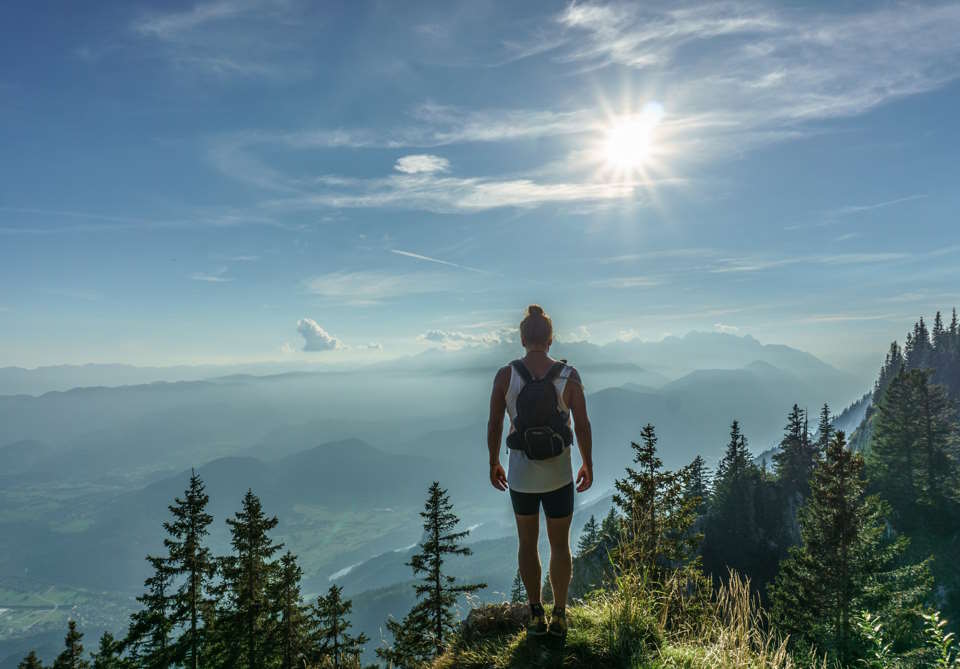Are you ready to embark on a trekking adventure in the wilderness? Whether you’re a seasoned hiker or a beginner, it’s essential to prioritize safety while exploring nature’s beauty. In this blog post, we’ll discuss critical factors to consider to ensure your safety while trekking in the wilderness. From selecting the right gear to understanding wildlife and plants, planning and preparation, navigating with maps and GPS, and knowing how to respond to emergencies and administer first aid, this guide will cover all the essential tips to keep you safe during your outdoor expedition. So, lace up your hiking boots and prepare to learn how to stay safe while trekking in the great outdoors.Get expert tips on choosing gear, planning, wildlife, navigation, and emergency response for outdoor adventures. Valuable information for outdoor enthusiasts.
Choosing The Right Gear
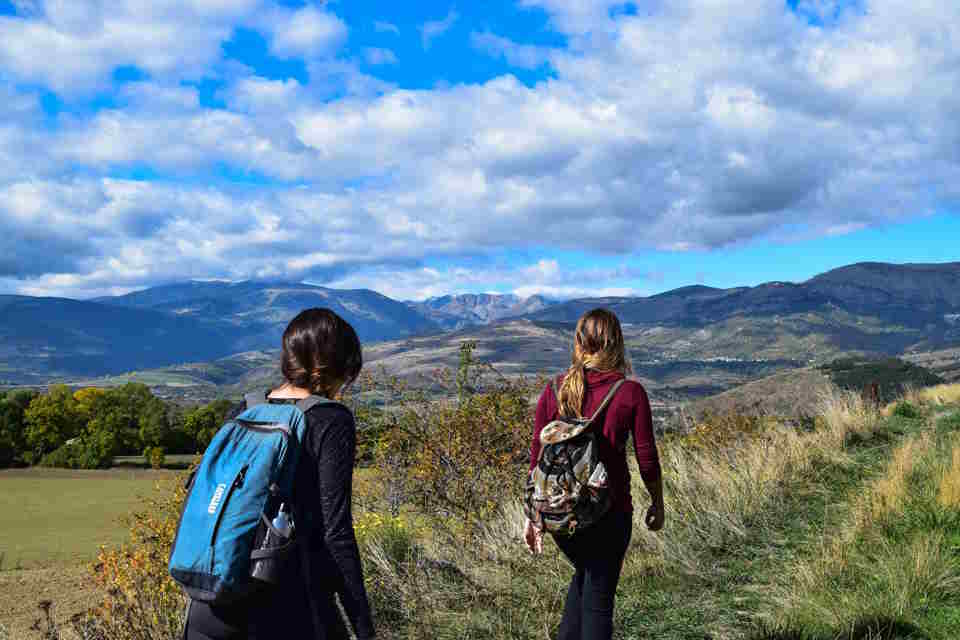
When embarking on any outdoor adventure, having the right gear can make all the difference. One of the most important factors to consider when choosing gear is the weather and climate of the location you’ll be exploring. For example, if you’re planning a trip to a cold, snowy destination, it’s essential to have thermal clothing, insulated boots, and a durable waterproof jacket. Conversely, if you’re heading to a hot, arid area, lightweight, breathable clothing and a wide-brimmed hat are crucial.
Another vital consideration is the type of activity you will be engaging in. Hikers, backpackers, and campers all have different needs when it comes to gear. Hikers may prioritize lightweight, quick-drying clothing and sturdy, comfortable footwear, while backpackers might place more importance on a durable, spacious pack and a reliable water purification system. Campers, on the other hand, will need a sturdy tent, warm sleeping bag, and cooking equipment.
Quality is also key when it comes to selecting the right gear. Investing in high-quality, durable products may be more expensive upfront, but it can save you money in the long run by lasting longer and performing better. Paying attention to the materials and construction of gear items can help you choose products that will withstand the rigors of outdoor use. Additionally, considering the reputation of the brand and reading reviews from other outdoor enthusiasts can give you valuable insight into the quality of the gear you’re considering.
Comfort and fit are also essential factors to keep in mind. Ill-fitting or uncomfortable gear can quickly turn an enjoyable adventure into a miserable experience. Testing gear before you head out on your trip can help you determine the right fit for items like boots, backpacks, and clothing. Choosing the right gear is a crucial step in ensuring a safe, enjoyable outdoor experience, and understanding the specific needs of your destination and activity can help you make informed decisions about the gear you’ll need.
Planning And Preparation
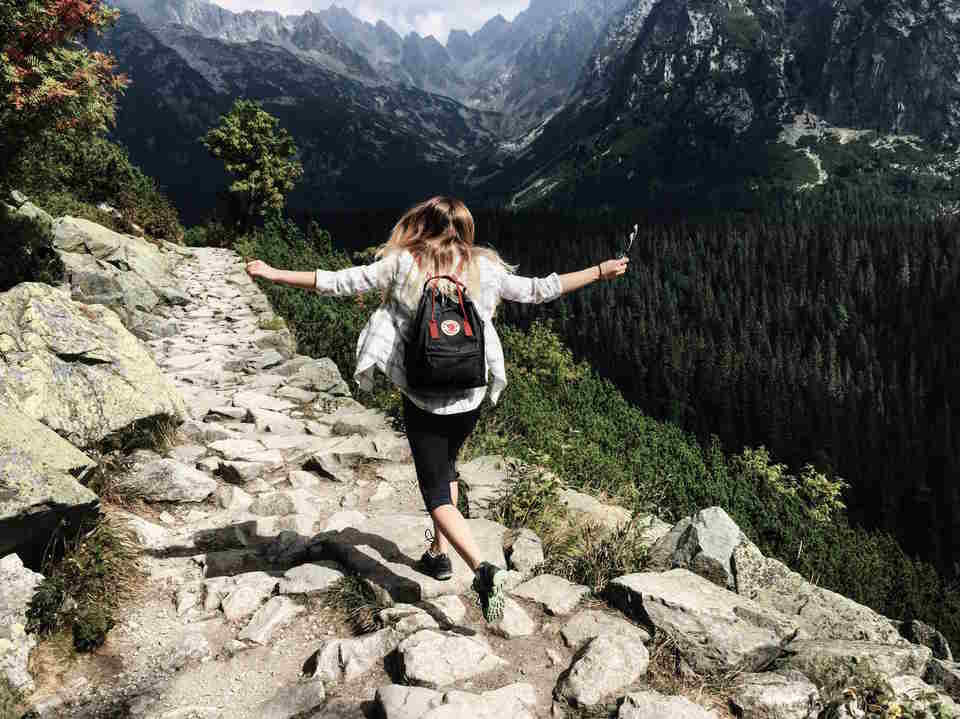
When embarking on an outdoor adventure, planning and preparation are key to a successful and enjoyable experience. One of the first things to consider is the location and the type of terrain you will be encountering. Researching the area and understanding the potential challenges that may arise is crucial in the planning process.
Next, it’s important to prepare the necessary gear and supplies. This includes appropriate clothing, food, water, and any specialized equipment for the particular activity. Making a checklist of all the essential items and double-checking before setting out ensures that nothing crucial is overlooked.
In addition to physical preparation, mental readiness is also crucial. Being mentally prepared for the challenges and obstacles that may arise during the adventure can make a significant difference. Visualizing potential scenarios and thinking through possible solutions can help in handling unexpected situations.
Lastly, having a contingency plan in place is essential. Even with the best planning and preparation, unexpected events can occur. Knowing what to do in the event of an emergency, having a communication plan, and being familiar with the nearby resources and facilities are all part of thorough preparation for any outdoor adventure.
Understanding Wildlife And Plants
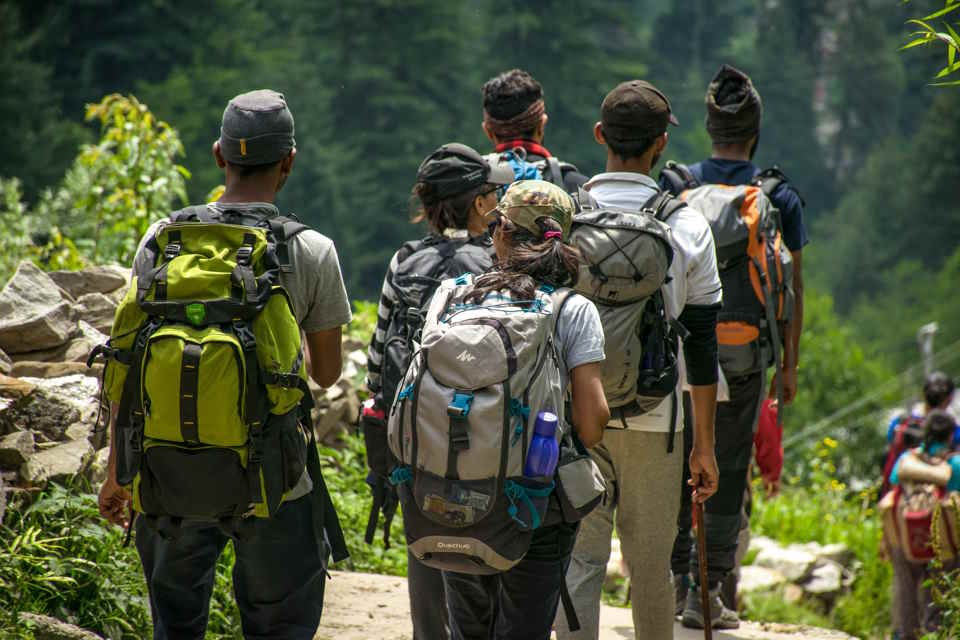
When venturing into the great outdoors, it is crucial to have a good understanding of the wildlife and plants you may encounter. This knowledge can enhance your experience and ensure you stay safe while exploring nature.
First and foremost, understanding the behavior of wildlife is essential. Different animals have different habits and habitats, and being aware of these can help you avoid potentially dangerous encounters. Knowing the signs of animal presence, such as tracks, scat, and nests, can also give you a clue to what species are around.
On the other hand, having knowledge about the local plants is also important. Some plants may be edible, while others can be toxic. Understanding which ones to avoid and which ones can be used for food or medicinal purposes can be crucial in a survival situation.
Lastly, it’s important to remember that we are guests in the natural habitats of wildlife and plants. Respecting their home and minimizing our impact on the environment is crucial for the preservation of these ecosystems for future generations.
Navigating With Maps And Gps
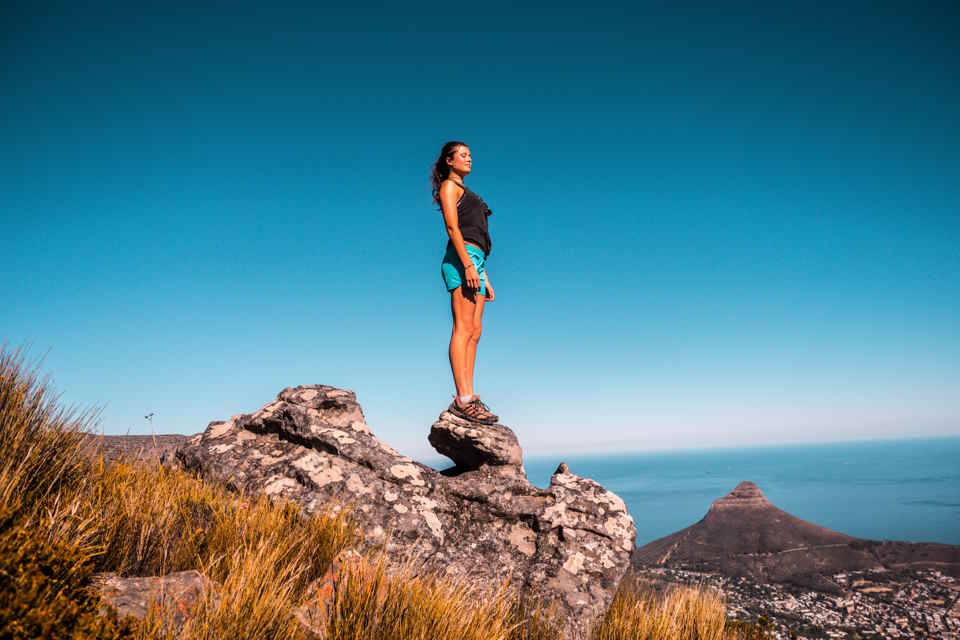
When venturing into the great outdoors, navigating with maps and GPS can be a lifesaver. Having a basic understanding of how to read a map and use a GPS device can make a huge difference in your outdoor experience.
First and foremost, it’s important to have a good quality map of the area you will be exploring. Study the map before you head out so that you have a general idea of the terrain, landmarks, and potential obstacles. Familiarize yourself with the symbols and legend on the map so that you can easily interpret the information it provides.
In addition to a map, a GPS device can be an invaluable tool for navigation. With a GPS, you can pinpoint your exact location, track your route, and set waypoints to help guide you along your journey. Be sure to familiarize yourself with the functions and features of your GPS before heading out into the wilderness, as this will ensure that you can use it effectively when you need it most.
It’s important to remember that while technology can be a great aid in navigation, it should not be relied upon solely. Always carry a physical map as a backup, and be prepared to navigate using traditional methods in case your GPS fails or loses signal. By combining the use of maps and GPS, you can confidently navigate through any outdoor setting, whether you’re hiking, camping, or exploring unknown terrain.
Emergency Response And First Aid
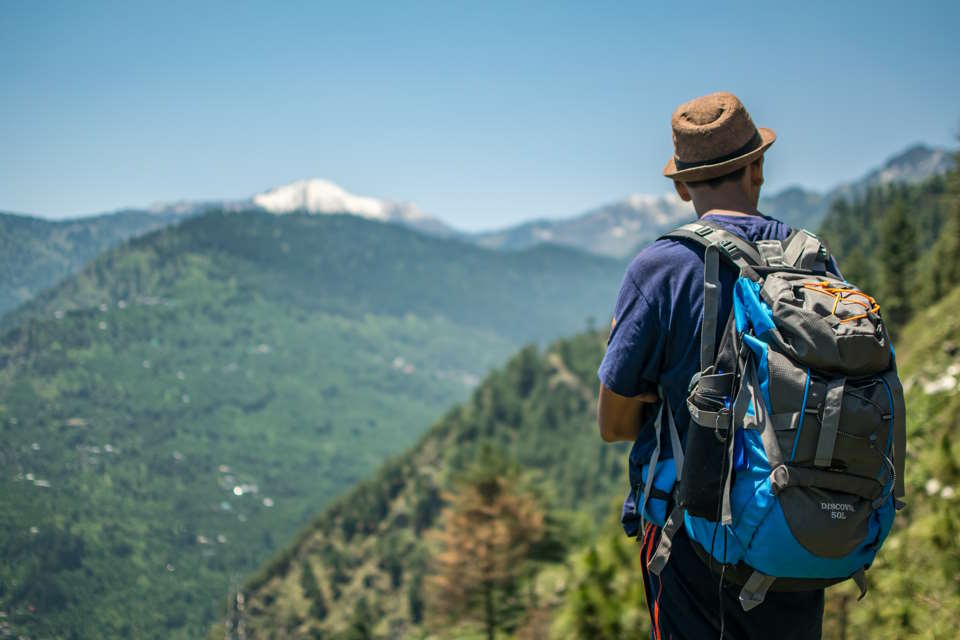
When heading out on a wilderness adventure, it’s important to be prepared for any emergencies that may arise. That means having a solid plan in place for emergency response and first aid. Whether you’re dealing with minor cuts and scrapes or more serious injuries, knowing how to handle these situations can make all the difference in the outcome.
It’s crucial to have a well-stocked first aid kit with essential items such as bandages, antiseptic wipes, pain relievers, and any necessary medications. In addition, knowing how to properly use these items is key, so consider taking a first aid course to learn the necessary skills.
In the event of a more serious emergency, such as a broken bone or severe allergic reaction, having a plan for contacting emergency services is essential. Make sure to have a fully charged cell phone and a backup communication device, such as a satellite messenger, and know the emergency contact numbers for the area you’ll be exploring.
Lastly, it’s important to have a plan for evacuating the area in the event of a major emergency. This may involve knowing the nearest exit routes, having a signal for rescue teams, and being prepared for an extended wait for help to arrive. By being proactive in your emergency response and first aid planning, you can ensure a safer and more enjoyable wilderness experience.

